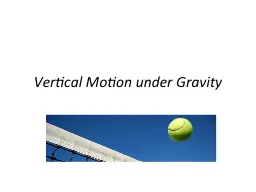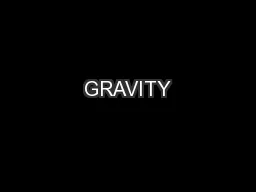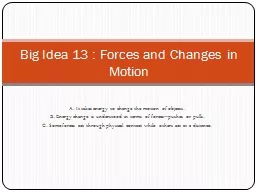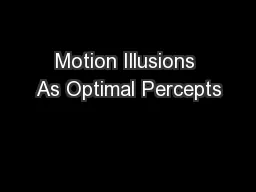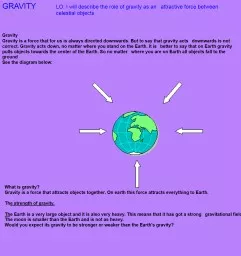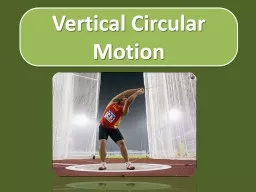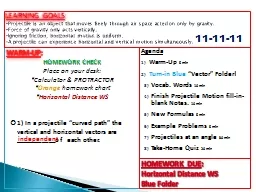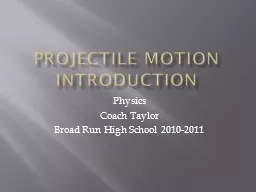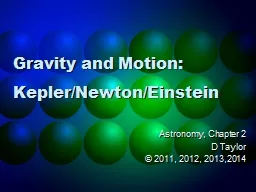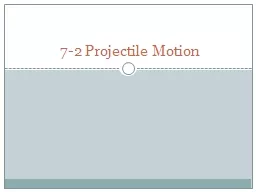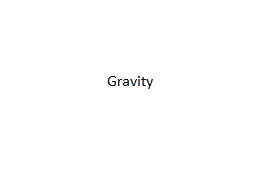PPT-Vertical Motion under Gravity
Author : lois-ondreau | Published Date : 2017-01-27
Theories of motion Aristotle was a Greek philosopher who lived in the 4 th century BC Aristotle explained the behaviour of a falling body by saying that its speed
Presentation Embed Code
Download Presentation
Download Presentation The PPT/PDF document "Vertical Motion under Gravity" is the property of its rightful owner. Permission is granted to download and print the materials on this website for personal, non-commercial use only, and to display it on your personal computer provided you do not modify the materials and that you retain all copyright notices contained in the materials. By downloading content from our website, you accept the terms of this agreement.
Vertical Motion under Gravity: Transcript
Download Rules Of Document
"Vertical Motion under Gravity"The content belongs to its owner. You may download and print it for personal use, without modification, and keep all copyright notices. By downloading, you agree to these terms.
Related Documents

